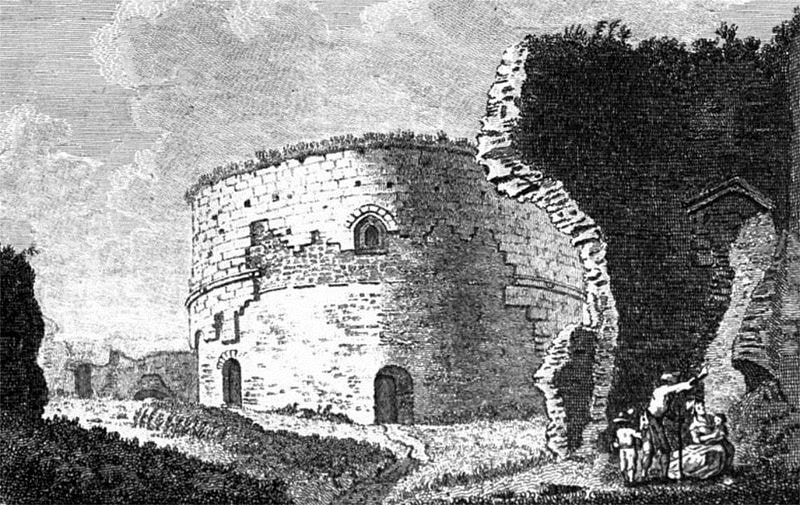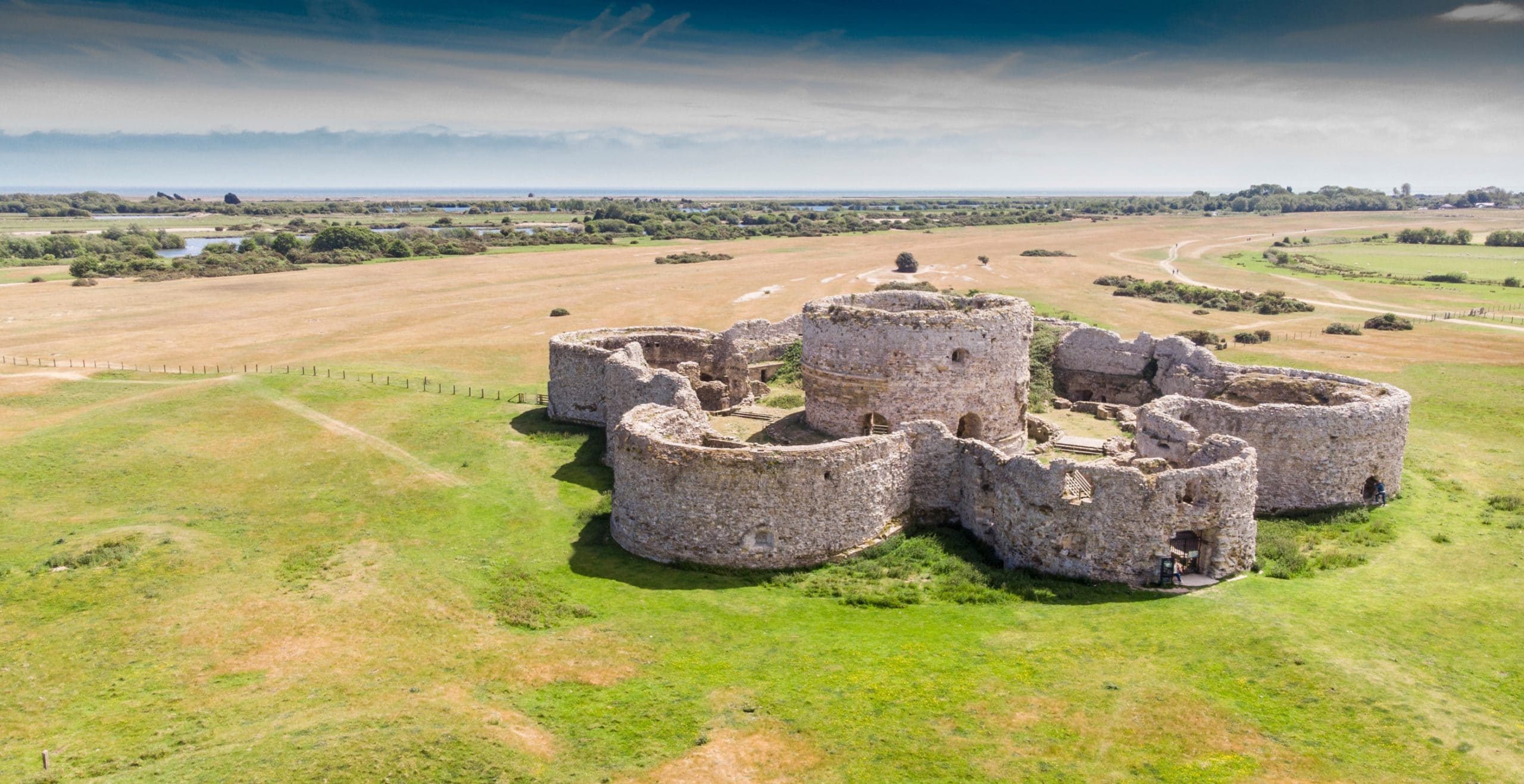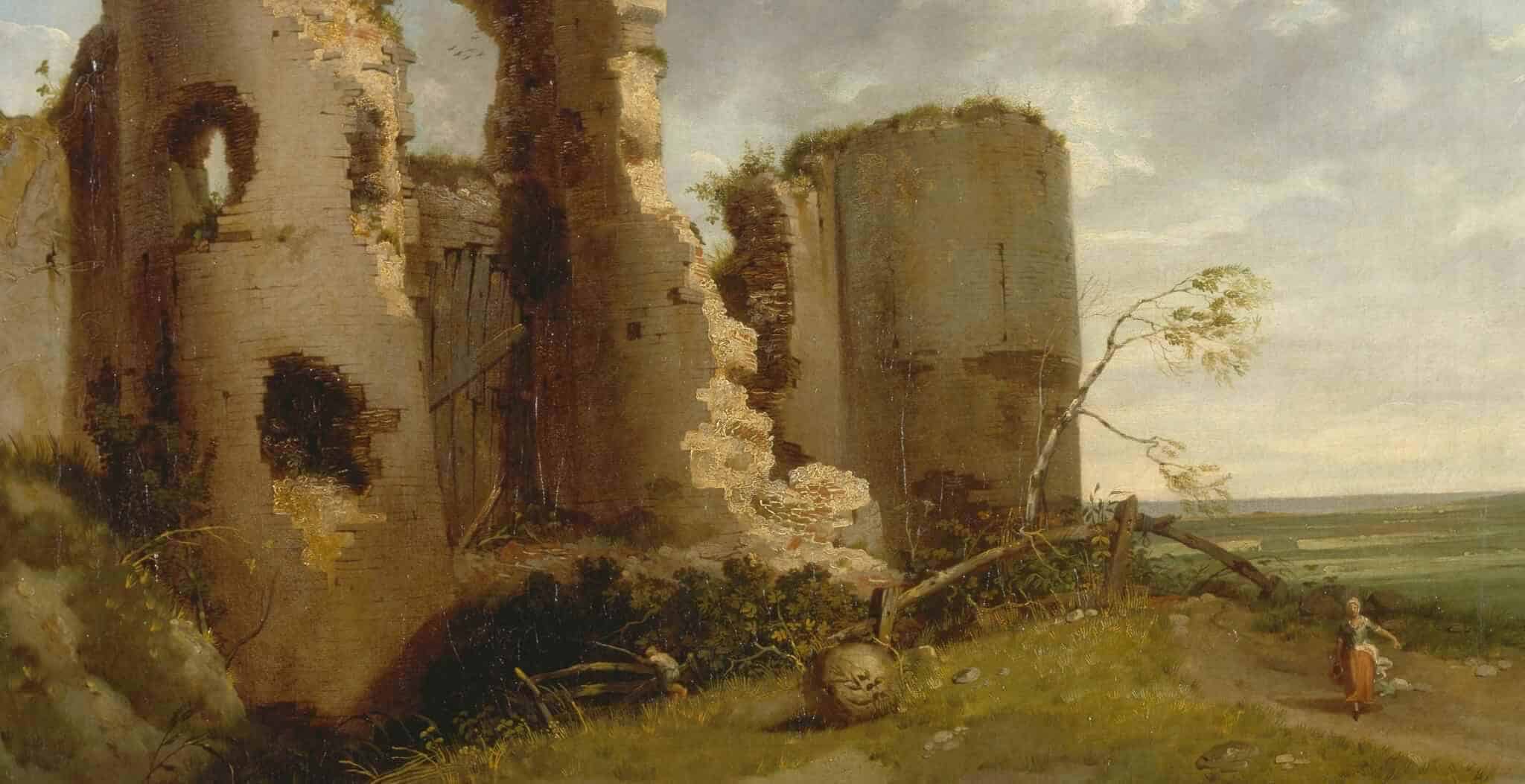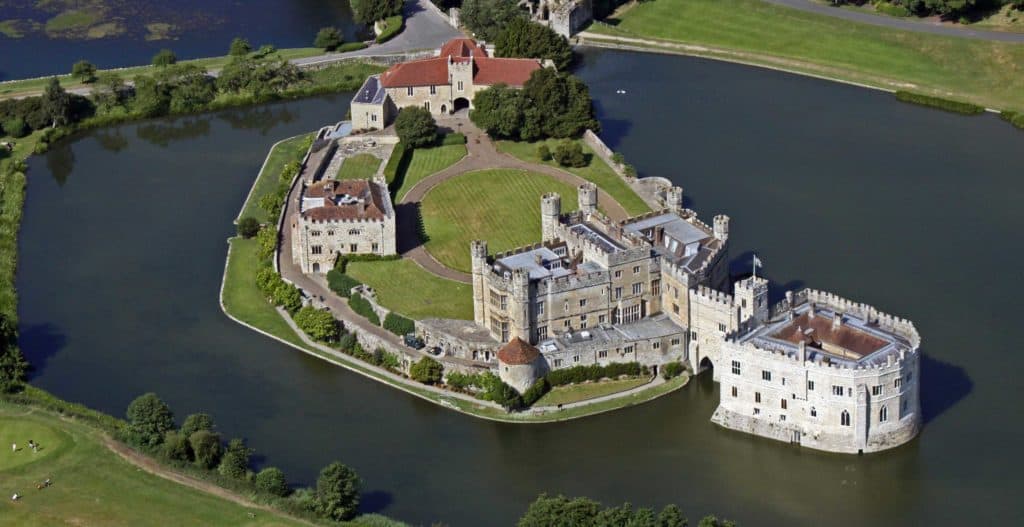Telephone: 01797 227784
Website: https://www.english-heritage.org.uk/visit/places/camber-castle/
Owned by: English Heritage
Opening times: Open on the first Saturday of the month from August-October for guided tours starting promptly at 14.00. See the Sussex Wildlife Trust website for more information: https://rye.sussexwildlifetrust.org.uk/ Entrance charges apply to visitors who are not English Heritage members.
Public access: No onsite parking or access from the road. Parking is located a mile away. No toilets on the site. The closest public conveniences can be found more than a mile away. No dogs except assistance dogs. Family friendly but beware of uneven pathways, grazing sheep and rabbit holes.
The ruin of an artillery fort built by Henry VIII to guard the port of Rye. The circular tower was built between 1512-1514 and expanded between 1539-1544 when Camber was extended as part of a chain of coastal defences. These were intended to protect England’s coast from foreign invasion following Henry’s decision to break from the Roman Catholic Church. By the end of the 16th century the silting of the Camber made the castle obsolete.

Standing between Rye and Winchelsea on an area of reclaimed land known as the Brede Plain, Camber Castle, previously known as Winchelsea Castle, is unusual in that its first stage predates Henry VIII’s later plan, or Device, for the chain of forts that would protect the English coastline. However, the original tower had some of the features that would appear in the 1540s after the break with Rome, particularly the rounded shape, a design that was intended to deflect cannonballs. It is 59.ft (18 metres) high and originally had three accommodation levels. In 1539 the defences were strengthened by the addition of a curtain wall with small gun platforms, creating an octagonal shaped courtyard around the castle. Then in 1542 the outer defences of the castle were changed completely, with the addition of four large semi-circular bastions, also known as “stirrup towers”. The curtain wall was made thicker at the same time, and height was added to the original tower. The tower was well garrisoned with 28 men and 28 artillery guns but it had a very short operational life due to the silting of the River Camber, which left it a long distance from the sea. A French raid in 1545 was possibly the only time that the castle came into service. Charles I approved its demolition, but this never happened. It was kept in usable condition until the English Civil War, when ironically Parliamentarian forces partly dismantled it so it could not be used by the supporters of the king.
It is interesting to compare the brief life of Camber Castle with that of Calshot Castle. Calshot Castle was in ongoing military use until the late 20th century, while Camber’s quick decline was not just due to its location and a reduced threat from Europe, but to its ineffectual design. The possible conversion of Camber Castle to a Martello tower was discussed during the Napoleonic Wars, and J.M.W. Turner produced a painting of the castle at this time. Camber Castle came into state ownership in 1967 and today is a Grade I listed building in the care of English Heritage. The area surrounding it is a nature reserve.





